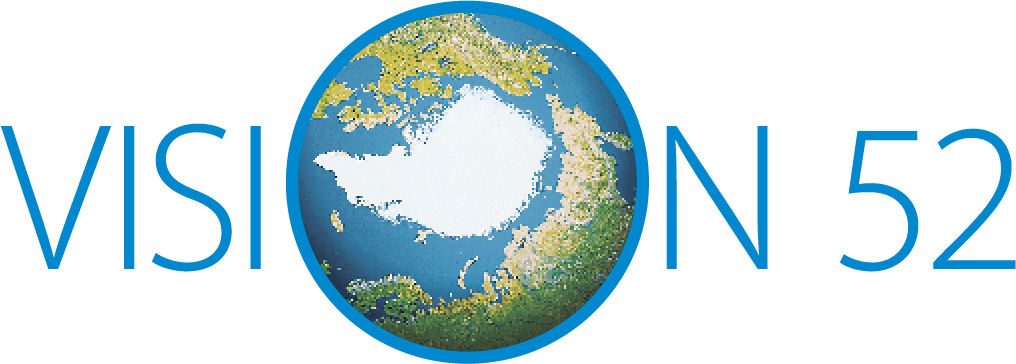In a landmark decision, the High Seas Treaty (formally, the Agreement under the United Nations Convention on the Law of the Sea on the Conservation and Sustainable Use of Marine Biological Diversity of Areas Beyond National Jurisdiction, often called the BBNJ Agreement) has now cleared the threshold to become legally binding. High Seas Alliance+2Oceana+2

Who decided — and when
- On 19 September 2025, the United Nations received the 60th ratification of the treaty (from Morocco) — the final ratification needed to trigger its entry into force. Pew Charitable Trusts+3High Seas Alliance+3Oceana+3
- Following that, the treaty will become legally effective 120 days later, i.e. on 17 January 2026. Earth.Org+3High Seas Alliance+3Oceana+3
- The treaty was adopted by consensus in June 2023, after decades of negotiation, and opened for signature on 20 September 2023. Mongabay+2Wikipedia+2
This is the first time in history that the global community has established a binding legal framework specifically for the conservation of marine biodiversity in international waters — i.e. waters beyond any nation’s exclusive economic zone (EEZ). Pew Charitable Trusts+3Mongabay+3Oceana+3

What the treaty enables
Once in force, the treaty provides new tools and obligations for states to:
- Designate Marine Protected Areas (MPAs) in the high seas — regions of international waters that can be regulated, restricted, or off-limits to extractive or harmful activities. Blue Nature Alliance+3Mongabay+3Oceana+3
- Require environmental impact assessments (EIAs) for proposed activities in the high seas (such as deep-sea mining, large-scale infrastructure, or other interventions) to ensure they do not cause unacceptable harm to marine ecosystems. Mongabay+2Oceana+2
- Promote equity and capacity building — assisting developing countries in scientific, technical and financial capacities so they too can participate meaningfully in high seas research and governance. Pew Charitable Trusts+2Mongabay+2
- Govern marine genetic resources (e.g. organisms found in deep water that may have biotechnological or pharmaceutical value), including benefit-sharing rules. Mongabay+2Wikipedia+2
The treaty also anticipates the establishment of a governing body (e.g. a “Conference of the Parties” or equivalent) to oversee implementation, create rules, approve proposed MPAs, and monitor compliance. High Seas Alliance+2Earth.Org+2
What this means for 30 × 30 (Protecting 30% by 2030)
The 30 × 30 goal is a global biodiversity ambition under the Kunming-Montreal Global Biodiversity Framework, committing nations to protect 30% of land and oceans by 2030. Blue Nature Alliance+3Mongabay+3Pew Charitable Trusts+3
However, the high seas — the waters beyond national jurisdictions — constitute a very large portion of the global ocean. Without a legal mechanism to protect those areas, the 30 × 30 target is essentially out of reach. As scientists and advocates have pointed out:
- Currently, less than 1.5% of the high seas is protected. Wikipedia+3Mongabay+3Greenpeace+3
- The new treaty doesn’t itself guarantee 30% protection, but makes 30 × 30 feasible by enabling protection of international waters. Pew Charitable Trusts+4Mongabay+4Inside Climate News+4
- Some experts assert there is no path to ocean 30 × 30 unless high seas conservation is included. Mongabay+2Inside Climate News+2
- The first MPAs under the treaty could emerge in late 2028 or 2029, given the time required for proposal, review and negotiation. Mongabay
- To hit 30% by 2030, governments must act fast — protecting more than 12 million km² annually in the coming 5 years (an area larger than Canada) in the high seas realm alone. Greenpeace
So this treaty decision is not the finish line — it’s a launch pad. The success or failure of 30 × 30 in the marine realm will hinge on how rigorously, transparently, and equitably the treaty is implemented — from designating MPAs, enforcing them, integrating with regional bodies (like Regional Fisheries Management Organizations), and securing sustained funding. Oceana+4Mongabay+4High Seas Alliance+4

Challenges & risks ahead
While this treaty represents a leap forward, many uncertainties and challenges remain:
- Participation gaps: Not all major marine powers have ratified or committed yet (e.g. some nations with large fleets). Those that do not ratify will not be bound by the treaty’s obligations. Earth.Org+2Mongabay+2
- Coordination with existing management bodies: Fisheries and resource management in many ocean regions are managed by Regional Fisheries Management Organizations (RFMOs). The treaty must work in harmony (and sometimes tension) with those existing regimes. Mongabay+1
- Institutional capacity and financing: It will take real resources (scientific, administrative, monitoring, enforcement) to make MPAs meaningful and not just paper parks.
- Enforcement and compliance: The high seas are remote and difficult to monitor. Effective compliance will depend heavily on national actions (e.g. regulating vessels flying their flag).
- Timeliness: With only a few years left until 2030, delays in proposing, negotiating, and ratifying high seas MPAs could jeopardize meeting the 30 × 30 timeline.
What to watch next
- In early 2026, as the treaty enters into force, nations will convene the first Conference of Parties (COP1). That body will begin crucial work: deciding rules, procedures, and initial MPA proposals. Oceana+3High Seas Alliance+3Pew Charitable Trusts+3
- Countries are already planning MPA proposals (e.g. Salas y Gómez–Nazca ridges, Sargasso Sea, etc.). High Seas Alliance+2Mongabay+2
- Momentum during major international venues (e.g. UN General Assembly, UN Ocean Conferences) will be key to encouraging further ratifications and investment.
- Civil society, scientists, conservation groups and policy actors will be essential in tracking, scrutinizing, and pushing for bold implementation.
Conclusion for VISION 52 readers
This decision marks a turning point. By ratifying the High Seas Treaty and triggering its entry into force, the world has finally given itself the legal framework to protect vast swathes of the ocean that until now sat beyond governance. But the treaty is not a silver bullet — it won’t automatically protect 30%. Rather, it unlocks the possibility of achieving 30 × 30 for the oceans if nations act decisively, transparently, and equitably.

